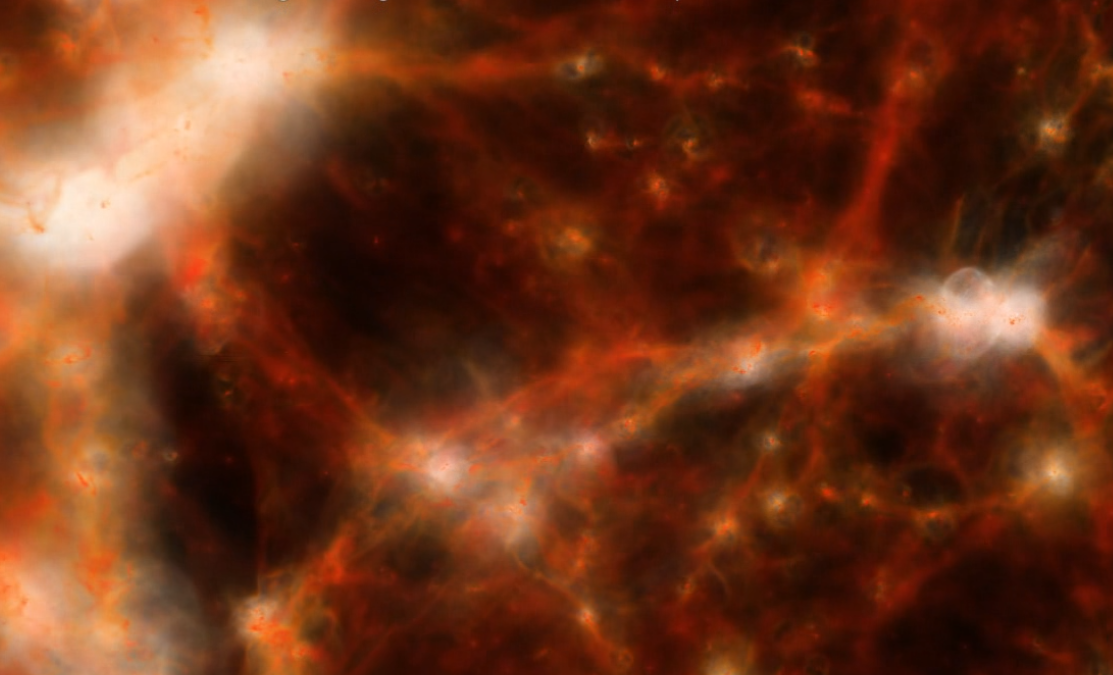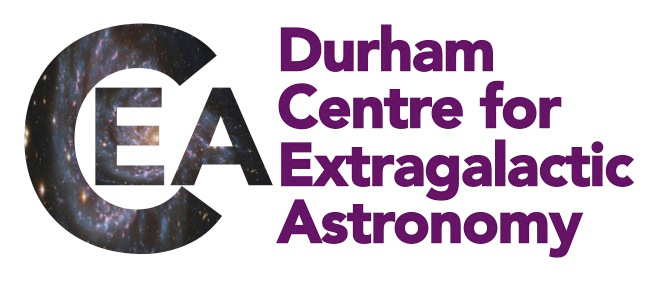CEA News, January 2020
Exploring the jungle with VLT-MUSE
When people talk about galaxies, we often think of the luminous matter, i.e. the stars and maybe the dense clouds of gas illuminated by stars. However much of a galaxy's baryonice mass is contained not in the stuff we can see, but in massive clouds of unilluminated gas. The obvious earth bound comparison here is with icebergs: what we see is only the tip.

For some time now, the go-to method for detecting the hidden gas within which galaxies are embedded has been quasar sightline studies. The extended gas halos of galaxies are extremely difficult to detect in emission (although this is now being done in special cases), however the gas is dense enough that it can absorb signifcant levels of light passing through it. Given this, quasar sightline studies centre on looking for the signatures of absorption by the gas as light from distant background sources passes through it. Naturally it's easier to do this the brighter your background object is and so the studies centre on quasars as the back-illuminating source, being as they are the brightest discrete sources of light in the Universe.
In a recent study by CEA astronomers, this method has been taken to it's extreme to probe the gas structures around galaxies residing over 12 billion years in the past. Using a combination of the X-Shooter and MUSE instruments on the VLT in Chile, this new study explores the intricate connection between the distant galaxy population and the gaseous envelopes around them. The most prominent absorption features tracing the gas are the Lyman alpha hydrogen transition lines. In the relatively nearby Universe, such hydrogen absorption lines are sparsely spaced in the spectra of background quasars and are termed the Lyman alpha forest. However as we move further back in time to more distant galaxies, the absorption lines become more and more densely packed in the spectra becoming a dense jungle of a bsorption.
The study found that the stronger of the Lyman alpha jungle lines were clearly correlated with the young galaxy population, with many appearing at the same time as galaxies detected via the emission from the more dense gas illuminated by each galaxy's stars. Many of the absorption lines were also found to be rich in elements other than hydrogen, including carbon, oxygen and magnesium, pointing to how such clouds are enriched by the stars in those nearby galaxies.

